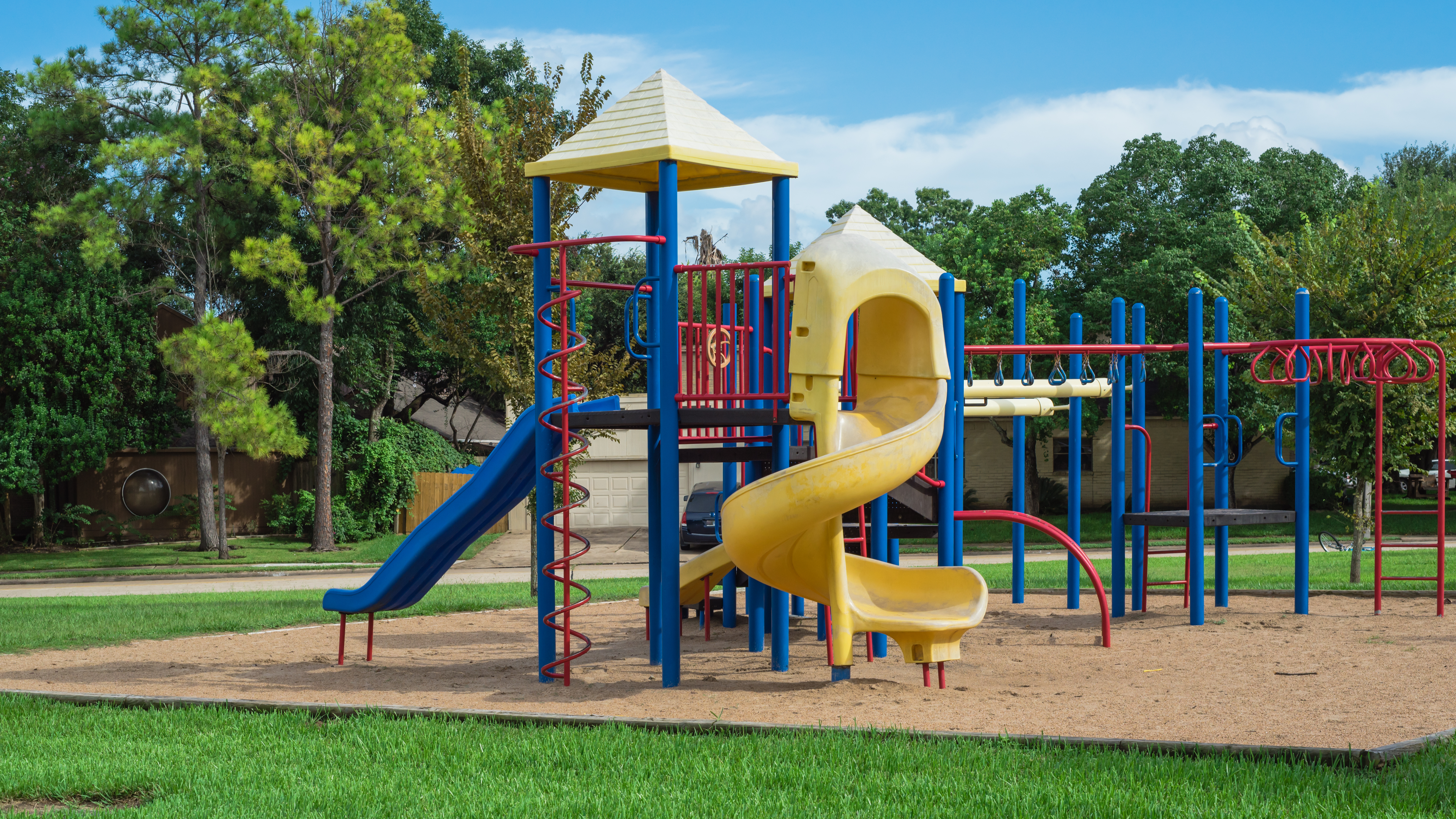In Hornsby Shire Council v Salman [1] , the New South Wales Court of Appeal recently considered the maintenance obligations of Councils concerning playgrounds.
The Respondent fell and sustained injury when she stepped from the mulch area to the wet pour area. The Court found that the Council’s duty of care included an obligation to ensure that the mulch area was kept level with the wet pour area to avoid incidents of this nature.
The Context of the Case
On 28 February 2021, Kathie Salman (the Respondent) tripped and fell at the playground as she stepped from the mulch area to the wet pour area. The wet pour area was made up of a blue, spongy material. At the time, Ms Salman was walking towards her nephew, who was swinging on the swing set. The Court considered whether the Council was required to maintain the loose fill to the level of the surface of the adjacent blue spongy material to satisfy the duty of care it owed to playground users.
At first instance, the District Court of New South Wales found that the Council had breached its duty of care and that this caused Ms Salman’s injuries. It ordered the Council to pay $283,200 in damages to Ms Salman after allowing a 15% discount for contributory negligence.
The Council appealed the decision. The Court of Appeal ultimately dismissed the appeal, with Adamson JA and White JA in the majority and Basten AJA dissenting.
Court's Reasoning and Decision
The Court considered that the relevant question was what a reasonable person in the position of the Council would have done in the relevant circumstances.
Prior to the incident, the Council had commissioned two playground safety inspection reports (the Playfix Reports), which had identified the height differential between the two surfaces as a hazard and recommended replenishing the mulch area up to the level of the wet pour area.
While the Council tendered evidence that the playground was regularly maintained, its maintenance records did not record any replenishment of the mulch area. The Council did not call evidence to the effect that any of its officers considered that replenishing the bark in the mulch area in the way that it was replenished was sufficient to comply with the Playfix Reports recommendations.
Ms Salman gave evidence that if she had a “proper look”, she would probably have realised the height difference between the two areas. However, the Court accepted that it was unlikely that a person would have noticed the height difference without close scrutiny.
Denis Cauduro gave expert evidence commenting on the requirements of the Australian Standards for Playground Equipment and Surfacing and Playgrounds and Play Equipment. He said the cost of filling the bark area regularly to ensure it was level with the wet pour area would have cost no more than $300 and could have been completed in 3 hours. The Council did not adduce any evidence to the contrary. The Council also did not adduce any evidence as to why the mulch area was not regularly replenished – whether it was because the cost of doing so would be prohibitive or otherwise.
The Court accepted that a person traversing both surfaces would not have noticed the height difference without close scrutiny.
On this basis, the majority in the Court of Appeal upheld the primary judge’s decision and found that the Council had breached its duty of care by failing to ensure the mulch area was regularly maintained and replenished.
In his dissenting judgment, Basten AJA found that the Council had not breached its duty of care, as common sense should prevail over the expert evidence tendered. Basten AJA took the view that just because the Council could have taken precautions, this did not mean that they should have taken precautions. There was no evidence tendered of any prior falls caused by the height differential between the surfaces. Basten AJA took the view that Ms Salman had failed to prove the Council had breached its duty.
Commentary on the Outcome
From a social utility perspective, requiring Councils to maintain the mulch surfaces in public areas so that they are in line with other surfaces may seem a little onerous. However, the evidence in this matter was crucial to the outcome. The Playfix Reports that were in evidence put the Council on notice of the potential risks posed by the height differentials in the two surfaces. Had the Council adduced evidence as to the reasons why the mulch could not be replenished regularly enough to ensure a uniform height with the wet pour area, this may have yielded a different result.
If you have any questions about this article, please contact John Van de Poll or Vahini Chetty from our Insurance team.
[1] [2024] NSWCA 155


